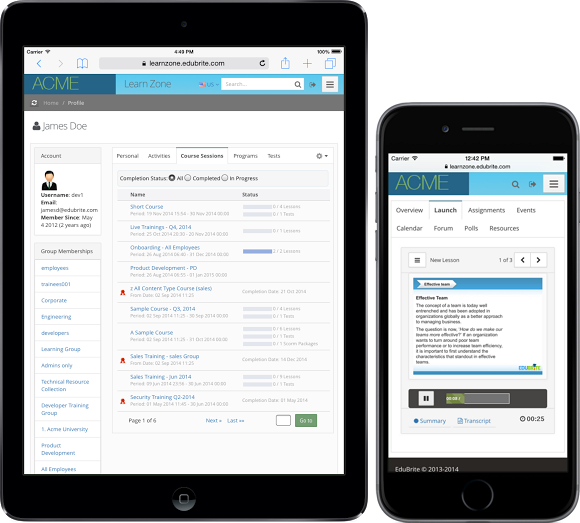Mobile Learning – Bridging Generation Gaps
Have you ever come across this generic question from the learning organizations or your business stakeholders, i.e. Can you support learning on mobile devices since that is the primary way we want the training to be delivered? What exactly is wrong with this question?
What is wrong here is not the desire to have learning available on mobile devices or focusing ‘just on the device’, but also the absence of the strategy on how to build and offer the training to blend multigenerational workforce. The learning needs to reconcile and shape up learning to meet various learning styles and taste.
Mobile learning needs to span and support multiple generations from digital immigrants (i.e. baby boomers) to digital natives (born in last 20-25 years). The effective way to bridge the gap and blend it effectively is to use mobile learning as supplementary training to meet just in time need and not as the primary training tool. Mobile programs need to be built to engage the workforce, to make it useful within the day to day work and effective in a way to create want for them instead of pushing it to the employees.

Using training as an ongoing support tool and accelerant helps pretty much all generations to meet their learning needs. For an employee who has gone through traditional training course can use it as post- training support to refer to concepts as they start applying the training in their work life. For the new generation, who is looking for just-in-time training content to either learn ‘How-to’ or ‘solve a specific problem’ can search and access the specific nugget of content on their mobile device accordingly. Sales organizations can build online games around competitive nature of the business and ask employees to solve a specific problem or excel in particular knowledge area for their success in the field and hence mastering those skills. This creates inherent want for the successful people to do better and the gaming aspect creates the engagement and interest.
The key for success is to keep the old concepts and fundamentals of L&D in the back burner and focus on new way of thinking about developing training programs. The content needs to be designed such that the training offered through mobile experience meets immediate needs, is of smaller size to make quick impact and integrates seamlessly in the workflow. When designing such training, focus on the design principles of keeping the user experience at the top, and building smaller bite size content and make it available ‘just-in-time’. This helps to meet needs of multiple generations and positions mobile learning as a tool which becomes necessary to get job done and hence automatically creates the motivation.
